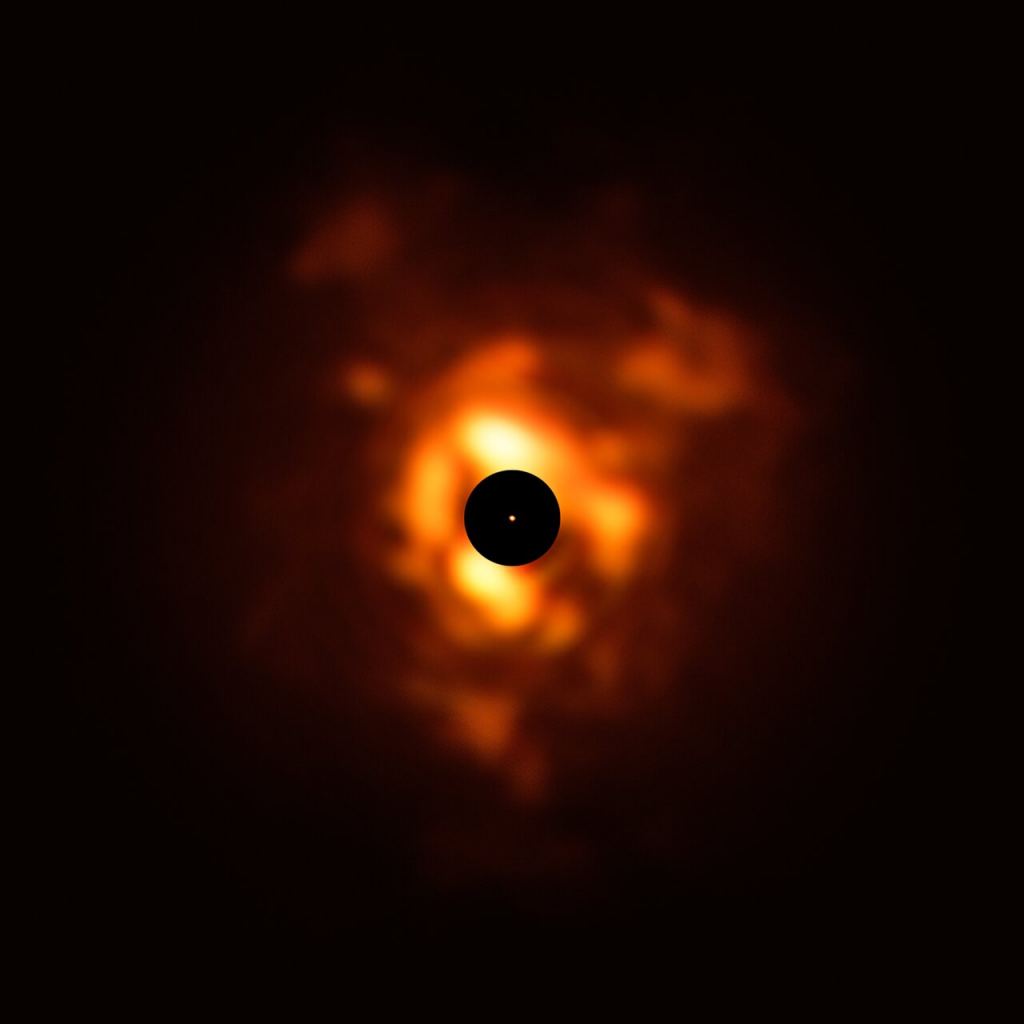It’s been said that dust built the Universe. And it turns out dust may be the culprit for building up what are likely false hopes of soon witnessing a massive supernova for the star Betelgeuse.
Late last year, both amateur and professional astronomers noticed that the red supergiant star Betelgeuse dimming quickly and significantly, with its brightness plummeting by close to 40%. Some recent images even suggested Betelgeuse was changing shape. Was this well-known variable star getting ready to explode as a supernova? Would we finally get a ringside seat to witness the Super Bowl of astronomical events?
A new paper out by two astronomers from the University of Washington and Lowell Observatory has dashed those hopes. The scientists say that Betelgeuse isn’t dimming because it’s about to explode. Instead, circumstellar dust created from Betelgeuse throwing off mass in its outer atmosphere could potentially cause it to obscure its own light and therefore appear fainter to us hopeful skywatchers on Earth.
Emily Levesque, a UW associate professor of astronomy, and Philip Massey, an astronomer with Lowell Observatory, observed Betelgeuse on February 14, 2020 with the 4.3-meter Lowell Discovery Telescope outfitted with a spectrometer. By analyzing the spectra of Betelgeuse, the astronomers determined the star’s average temperature was significantly warmer than expected if the recent dimming were caused by a cooling of the star’s surface. Significant cooling could signal an imminent supernova explosion.
“We conclude that Betelgeuse has a current effective temperature of 3600 ± 25 K,” the duo wrote in their paper. “While this is slightly cooler than previous measurements taken prior to Betelgeuse’s recent lightcurve evolution, this drop in effective temperature is insufficient to explain Betelgeuse’s recent optical dimming. We propose that episodic mass loss and an increase in the amount of large-grain circumstellar dust along our sightline to Betelgeuse is the most likely explanation for its recent photometric evolution.”

“We see this all the time in red supergiants, and it’s a normal part of their life cycle,” said Levesque in a press release from the Lowell Observatory. “Red supergiants will occasionally shed material from their surfaces, which will condense around the star as dust. As it cools and dissipates, the dust grains will absorb some of the light heading toward us and block our view.”
Dust had been suggested previously for the dimming taking place in the “shoulder” star of the constellation Orion. Another theory was that huge convection cells within Betelgeuse had drawn hot material up to its surface, where it had cooled before falling back into the interior.
While Betelgeuse is still expected to blow as a supernova within the next 100,000 years when its core collapses, it looks like it won’t happen anytime soon. Over the past few weeks, Betelgeuse has actually started to brighten again. But astronomers are still keeping their eyes and instruments on this interesting and changeable star.
“Red supergiants are very dynamic stars,” said Levesque. “The more we can learn about their normal behavior — temperature fluctuations, dust, convection cells — the better we can understand them and recognize when something truly unique, like a supernova, might happen.”
More:
Lowell Observatory press release
University of Washington press release
Paper: Betelgeuse Just Isn’t That Cool: Effective Temperature Alone Cannot Explain the Recent Dimming of Betelgeuse
Astrobites: You Were Cool Betelgeuse
VISIR image from ESO

